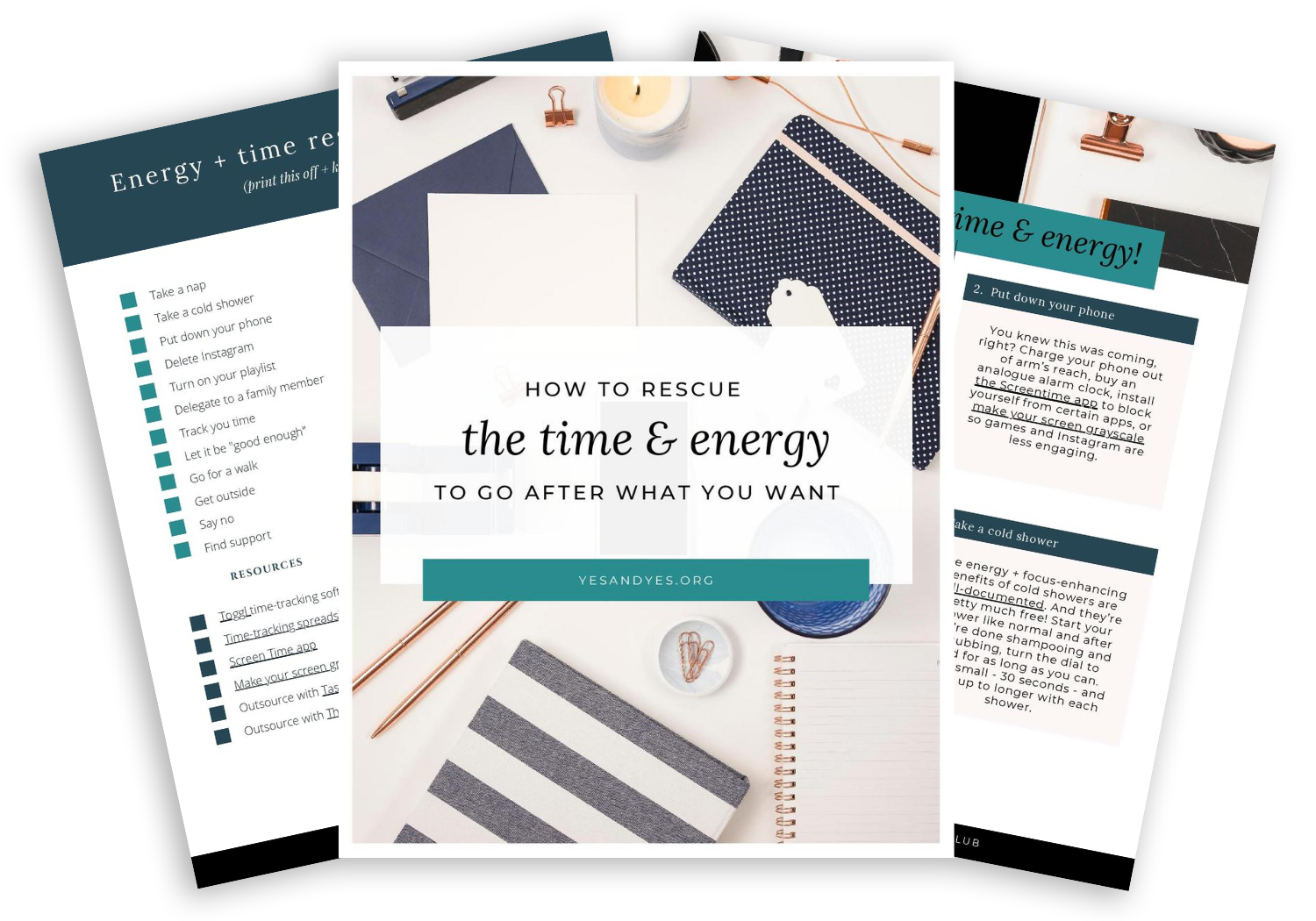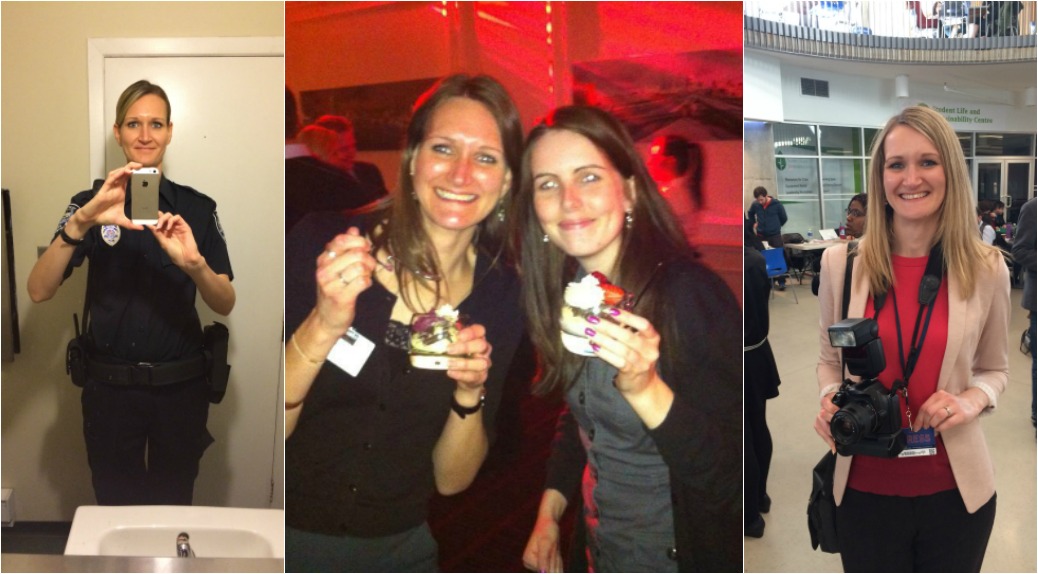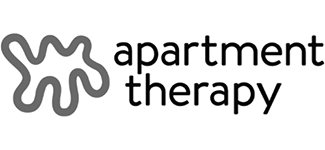
The subject line was just an unimpressed emoji face, which is not really what you’re looking for in email communications with clients.
“I’m not sure what to tell you, Sarah. I love your blog and what you do but it’s been two months since we worked together and, honestly, I haven’t seen much change in my blog traffic or social media following. I don’t think it worked.”
Reader, I don’t mind telling you it was with a dry mouth and shaking hands that I clicked through to look at her website. Was I a fraud? Was I about to get my first request for a refund? WAS I A FAILURE AS A HUMAN???
Instead of discovering that I was an impostor who should never be hired by anyone again ever, I discovered that my client had ignored 85% of the suggestions I’d given her.
Had she fixed any of those broken links? No.
Was she using headings to make her blog posts more readable? Nope.
Did she optimize her posts? She did not.
Unsurprisingly, my initial reaction was to draft a not-entirely-polite email to this client who’d spent a lot of money to ignore my advice.
But then I realized that I was just as much at fault for this as she was. I hadn’t told my client why she needed make these changes. It’s hard to get excited about embedding code, scheduling Facebook updates, or re-jiggering old blog posts if we don’t understand how + why it’ll benefit us.
You can't expect someone to do something if you don't tell them WHY they should do it. Share on X
Dur, right? But it’s so easy to forget!
And there are tons of (somewhat) valid reasons we forget the why.
Maybe we’ve been doing something for so long we can’t even remember the beginner’s mindset. We don’t remember what it’s like to struggle with SEO/white balance/classroom management. It’s been years since we learned about alt text, so we forget to even explain it.
Why we should explain why
It develops trust
Every time we explain things before our clients have to ask, we’re strengthening our relationship and building trust. We’re showing them that we know how to make things easy and clear for them. We’re demonstrating they can depend on us to be helpful and to anticipate their needs and concerns.
Example
In all of my courses, I include ‘Where you might get stuck’ sections, slides and exercises where I address the stumbling blocks I know my students are going to come up against.
I know some of my Habit School students are going to struggle with choosing which habit to change first. I know some of my Put Your Money Where Your Happy Is students will be afraid of renegotiating bills and fees. Because I know this, I can address those concerns before they give up.
It establishes expertise
If my site designer simply tucks an image next the newsletter signup bar under my header, I might not even notice.
But if she adds a note to the mock up saying “Adding an image of the opt-in increases signups by 30%!” I am immediately:
- impressed by her knowledge
- grateful that I’m in the hands of an expert
- more likely to trust her other suggestions
Example
I asked my Money & Happy Facebook group to share the purchase/activity/experience that brought them the most joy in the last week.
Here’s what I said:
There are three reasons it’s important to share this stuff.
1. We get a significant portion of our happiness from recalling the things that made us happy. So when we devote a few seconds remembering that perfect dinner party or how we finally saved enough to purchase our Dream Jeans, we’re increasing the amount of happiness we experience from something.
2. When we articulate what makes us happy – to either ourselves or others – we’re strengthening neural pathways and making it easier to do those happy-making things again in the future. We’re making it more likely that next month, when we’re feeling down, we’ll remember that re-reading Harry Potter is a major joy-increaser.
3. A surprising number of us struggle to articulate what makes us happy. Seeing what makes other happy often reminds us “Hey! I like that, too!”
When my people see these explanations they (hopefully) think: “Wow! Sarah really knows what she’s talking about! She is an expert I want to hire + work with + learn from!”
It makes clients feel like they got their money’s worth
Let’s say you paid me $250 to ghostwrite a blog post for you. Two days after we chat, I send you a 700-word doc with zero comments or notes. You could – very understandably – think “Uh, how is this worth $250?”
When you’ve ghostwritten hundreds of articles, it’s easy to believe that every one knows and understands what goes into a blog post. The same goes for website design, styling a photo shoot, coordinating an event, etc.
But our clients don’t know and they won’t know unless we tell them. So find a way to diplomatically, professionally give them a bit of insight into everything that goes into the work you’re doing for them.
This could be:
- Comments in shared Google docs
- A Trello list of all the smaller tasks needed to complete the larger tasks
- Notes on a pdf
Example
Back when I was ghostwriting blog posts for clients, I’d include comments in our shared Google docs about why I was doing what I was doing.
I explained why I wrote titles the way I did and shared the Co-Schedule Headline Analyzer rating for the title. I pointed out that I used sentences and paragraphs of a specific length because that increased readability.
I told clients that I worked their SEO keywords into an anecdote-based intro because it made their posts more Google-able and more likely to draw readers in.
After all this, my clients always thought $250 for a blog post was a basement bargain!
It saves time in the long run
If I don’t take the time to tell my client why they should change their Facebook header photo or use shorter sentences, it’s very likely they’ll email me for clarification.
This could easily set off a string of emails that will eat up precious time that could be devoted to more important, more fun things. (Read: teaching the cat to fetch.) Spend the five minutes up front explaining your suggestions and save you 20 minutes and five emails later.
Example
I told a client that even though she had the stock standard ‘pin it’ button on her blog posts, she should install the J. Query plugin.
Instead of emailing three times about it, I just told her “The J Query plugin allows you to customize you ‘pin it’ button so it’s prettier, bigger, and on-brand. You can even made it say something other than ‘pin it’! You can position it in the center of the image so more people will see it.”
Getting clients to trust you, listen to you, and then actually take your advice makes for happier clients, better results, and more business in the long run. And it can be as easy as adding a few explanatory sentences to a follow up email!
I want to hear from you! Do you ever struggle to get your clients to listen to you and take action? If you do, how do you deal with that? Tell us in the comments so we can learn from you!
P.S. Everything I use + recommend to run my business













I love Co-Schedule’s Headline Analyzer. It’s been so much of a help to me, but I think now it’s a pay-only service? :/
Charmaine Ng | Architecture & Lifestyle Blog
http://charmainenyw.com
A lot of this applies to healthcare and motivating clients in rehab (pt/ot/speech)!!
Ooh, I definitely needed this right now! With a suddenly increased workload, I’ve been juggling clients and just churning out work as fast as I can to keep up. You’re reminding me to show my work a little more, give additional helpful information, and showcase why they hired me in the first place. Thank you, Sarah!!
I love your decision to move your business articles to yesandyes! I am not in the blog/social media world so I didn’t read your previous business site but this article is applicable to anybody who maintains client relationships! Buy in from your clients is so important and this article gives me some really good examples I can apply to my day-to-day.
You rock!